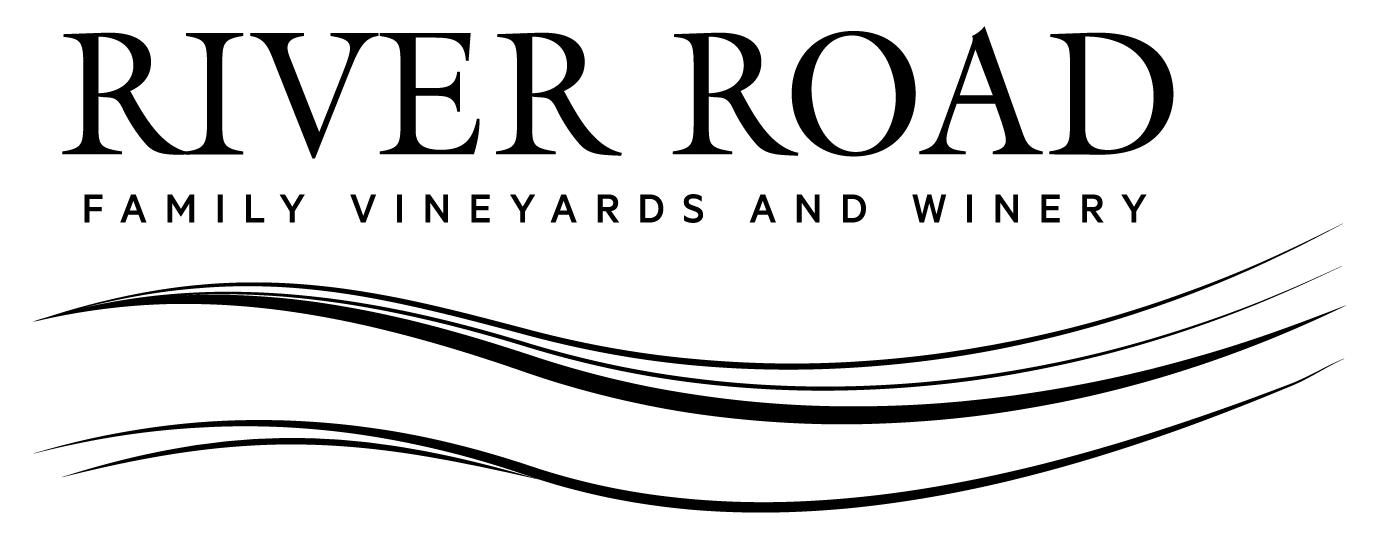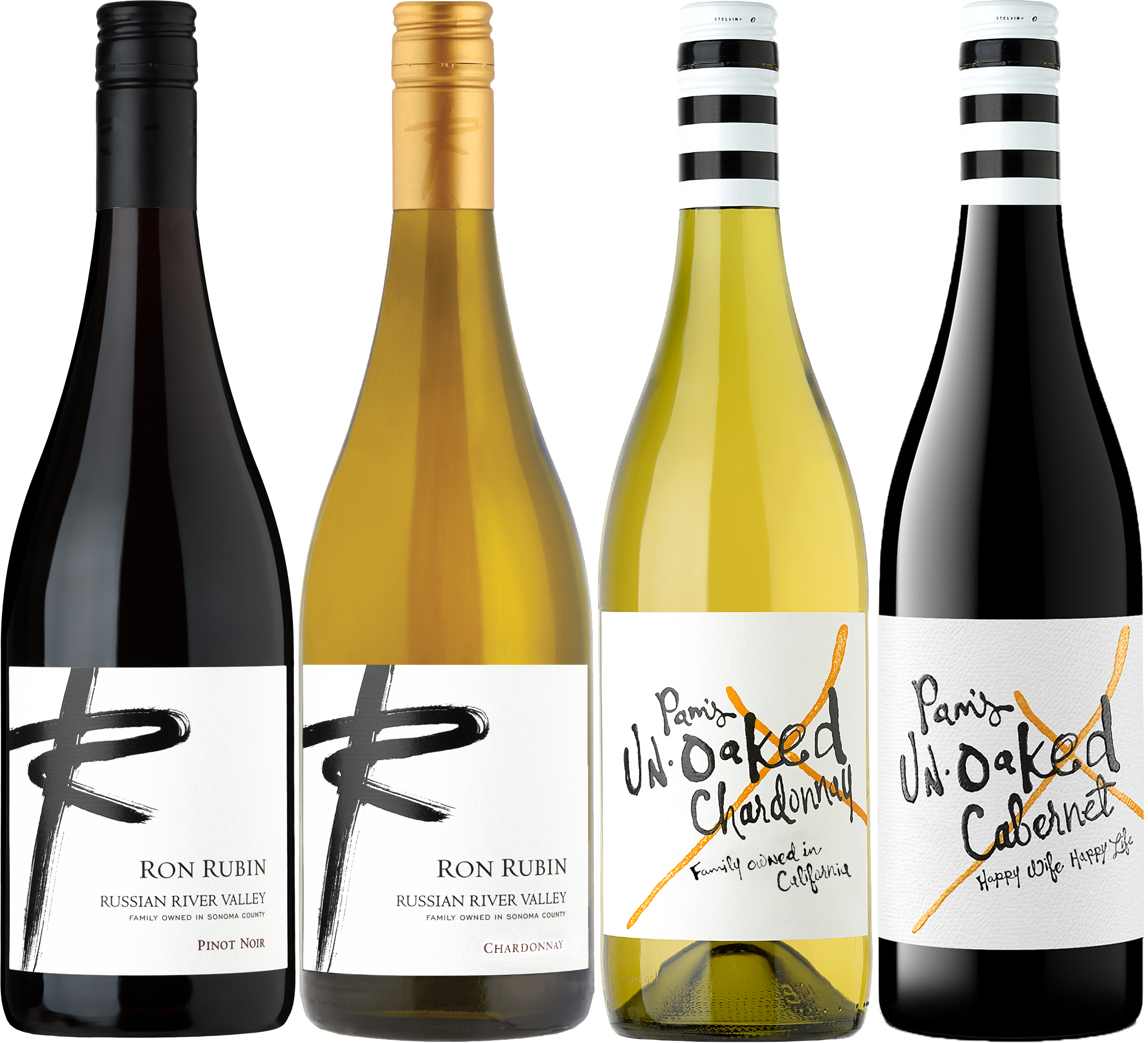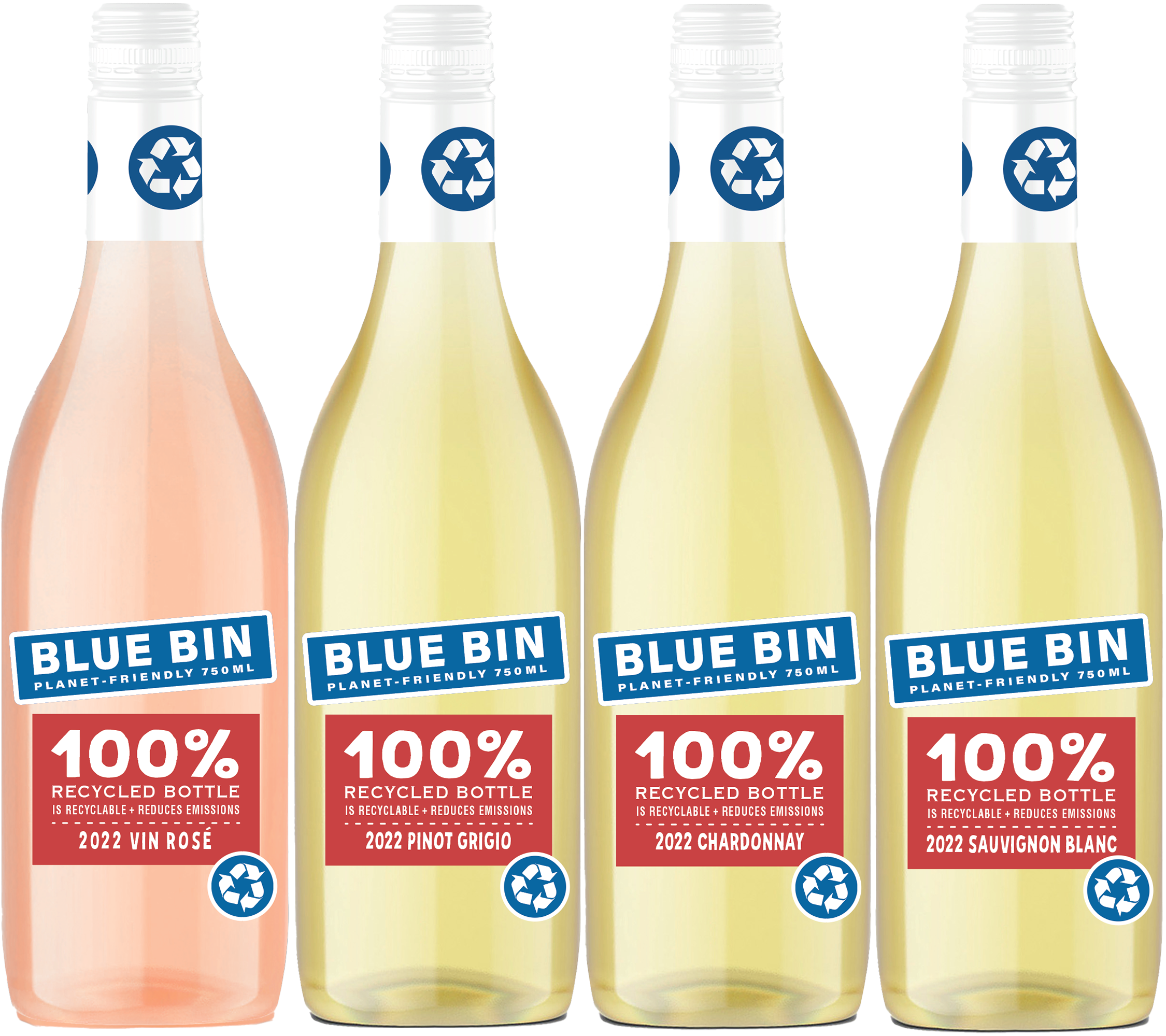IMPACT OF THE RECENT FIRES
Three of the past four years have seen significant wildfire activity in Sonoma County during the months of August, September and October. These are the months we associate with “Harvest”, when the wine grape crop is ripening and wines are fermenting in the winery.
As I write this, a haze can be seen in the distance, and subtle wood smoke smells are present in the air. The Walbridge Fire is still burning and smoldering a mere 2 miles from the Russian River itself, and only 6 miles from our estate vineyard and winery. Fortunately, it is currently contained behind well-constructed dozer and hand lines, with hundreds of firefighters patrolling the lines day and night.
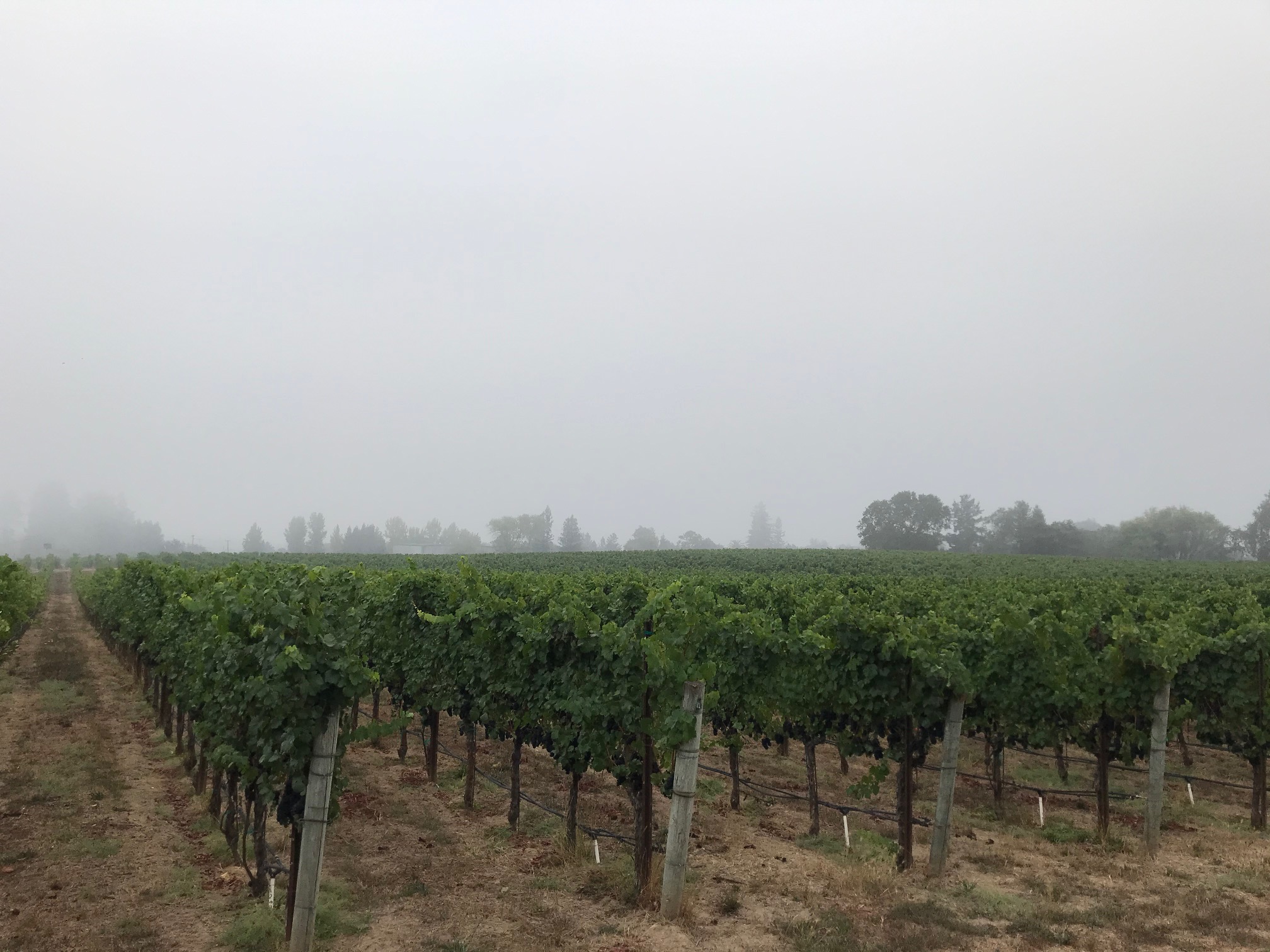
The final evacuations of residents along the river were lifted on August 30, and we have returned to a more typical late summer weather pattern in the Russian River Valley. Cool, foggy mornings and moderately warm sunny afternoons are anticipated, allowing for gentle ripening of our Pinot Noir and Chardonnay grapes, just what we hope for during these final weeks on the vines.
Despite dramatic coverage in local and national news of the fires, and some very real and traumatic individual losses, wine producers were able to make some very impressive wines in 2017, 2018, and 2019. We are proceeding with diligence, and if our analysis suggests that the grapes were unaffected by the smoke generated by this year’s fire, we’ll proceed with harvest, crush, and fermentation, holding high hopes for the potential of this vintage!
While we continue our vineyard checks and sampling of the ripening Pinot Noir, preparations have continued at a rapid pace in the winery. Here’s Ed, with another installment of his Cooper’s Notes!
ED’S COOPER’S NOTE
Wow! September already! We have finished our summer bottlings and 2020 Harvest is now rapidly approaching! In addition to vineyard sampling, preparation of harvest equipment and fermentation tanks, a critical function for a winemaker is properly maintaining empty barrels. We empty our barrels of the prior vintage wines in order to bottle, but also to make space for the upcoming grape harvest. Once emptied the barrels will sit eagerly waiting to be filled with the next vintage. Empty barrels are at high risk of “drying out”. When an empty barrel dries out the wood will shrink thus compromising the barrels ability hold wine without leaking. Empty barrels are also at risk of “spoilage”. This occurs when the residual wine on the inside becomes contaminated with any number of the spoilage microbes winemakers battle throughout the winemaking process. It is our duty to prevent any harm or contamination to our precious inventory of oak barrels.
Proper barrel maintenance requires a multiprong approach. It starts with proper storage conditions. All barrels (full or empty) need to be stored inside. A stable temperature and humidity with proper air movement goes a long way to keep the wood from “drying out” because it prevents the wood from shrinking and expanding. If allowed to occur, this action contributes to the breakdown of the wood itself by weakening the fibrous material which holds it together. Here you can see one picture of the end of a barrel when the wood is dried out (big gaps between barrels staves; No way this barrel would hold wine!) and one picture where it is properly hydrated (no gaps, sealed tight!)
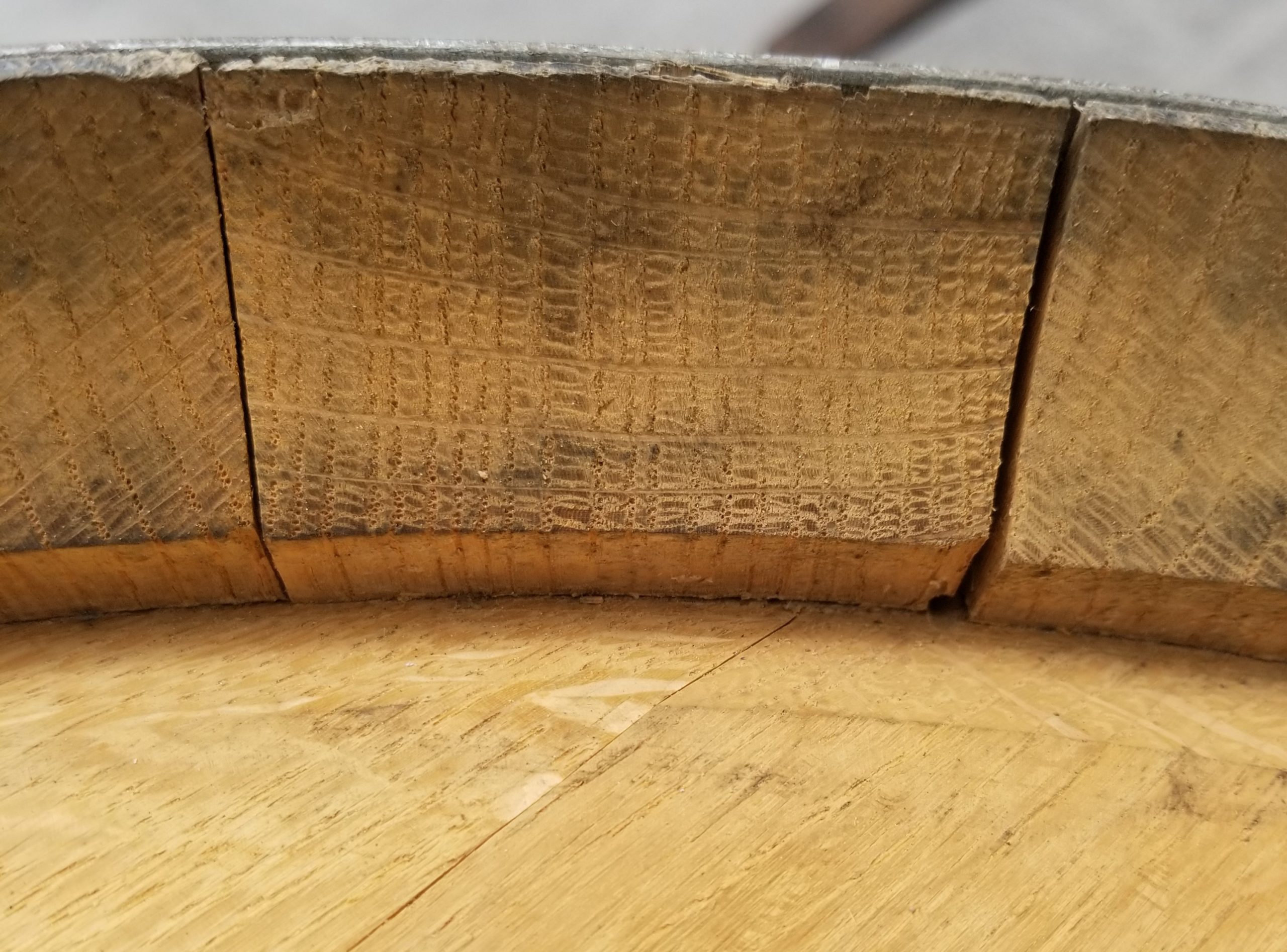
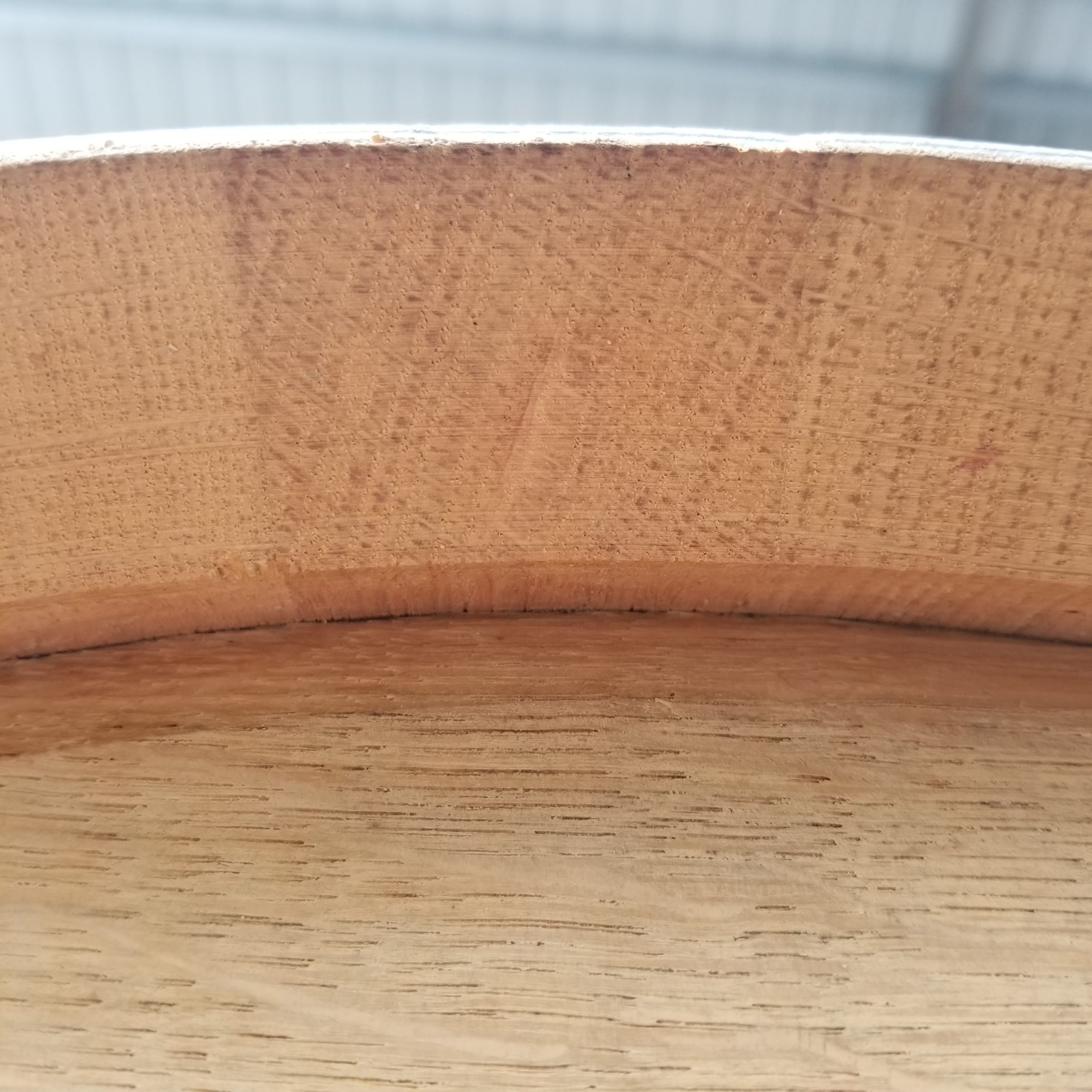
Just as we sample and evaluate barrels when they are full of wine, we have a routine maintenance protocol for every single one of them when they are empty. It starts right after the wine is removed.
Even in this underripe state, the grapes are nearly at the point where Pinot Noir clusters would be harvested for sparkling wines. Flavors will transition into red raspberry, cherry, and plum as the grapes approach full ripeness for our classic Russian River Valley Pinot Noir!
-
- 1. The barrels get a high-pressure hot water rinse to remove any debris left inside.
-
- 2. We then blast very hot steam inside the barrel which is our “sanitation” step. The hot steam kills any viable microbes inside the barrel.
-
- 3. Post-steam the barrel immediately gets bunged (or plugged), trapping the steam inside. As the steam cools down this creates an internal vacuum which pulls the residual wine out of the pores of the wood.
-
- 4. We follow the steaming and bunging process with a cold-water rinse and complete draining.
- 5. The barrel is then allowed to dry and is dosed with a small amount of sulfur dioxide gas which protects the inside from microbial contamination for up to four weeks or longer.
This five-step process is used to prepare every one of our 503 barrels for empty storage. The picture below shows a
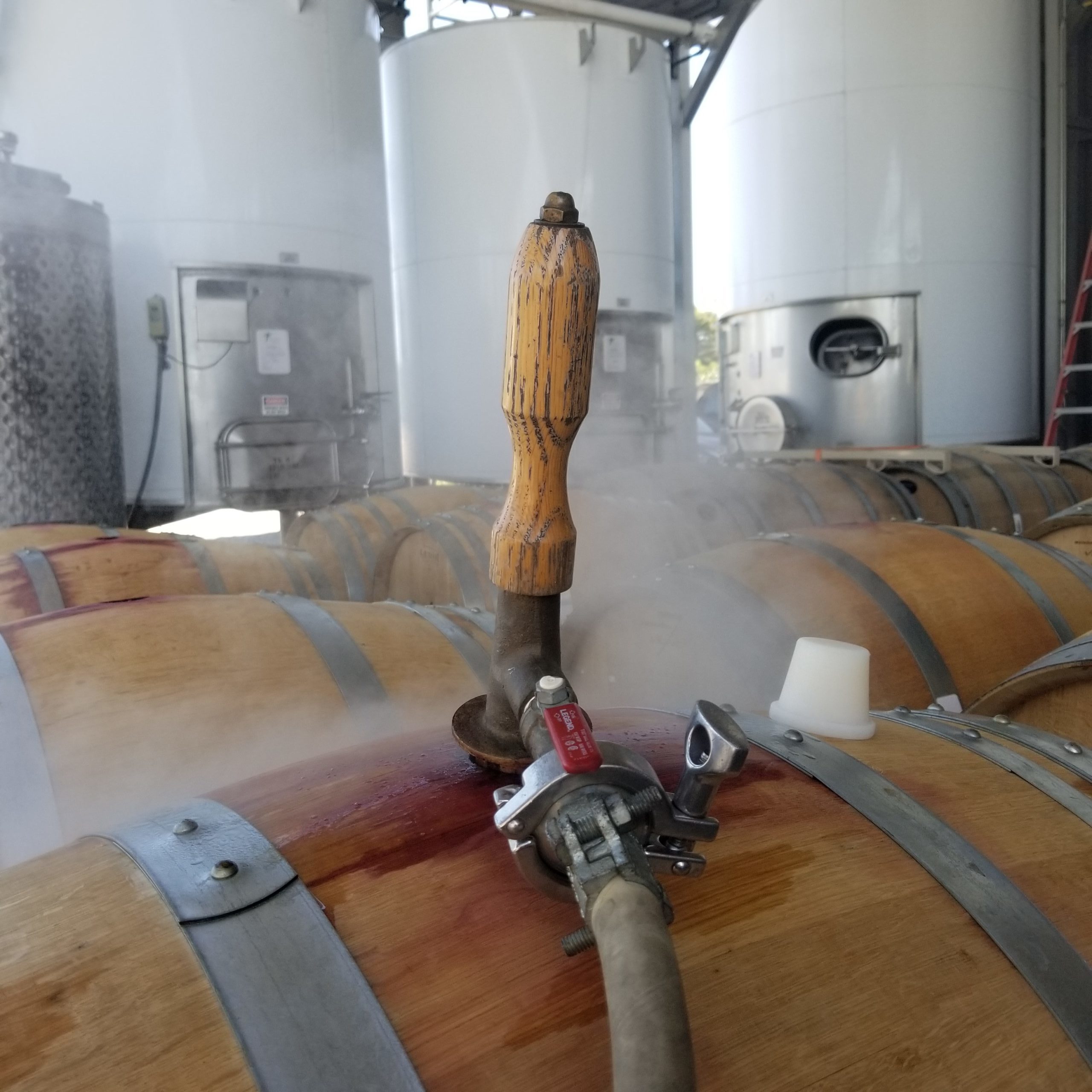
Every 30 days after going into empty storage the barrels will get re-sulfured, while every 60 days the barrels get steamed again and the re-sulfured. By maintaining proper storage conditions, doing monthly sulfur gas additions in conjunction with regular steam sanitation, we can keep our Ron Rubin Winery barrels healthy and clean for a long time. Of course, 2020 vintage is upon us, so our barrels won’t have to wait to much longer to filled!
HARVEST AWAITS
The bins and tanks are being cleaned and sanitized, and our crew is ready for action! First Pinot Noir grapes from the Estate vineyard are likely to be harvested during Labor Day weekend.
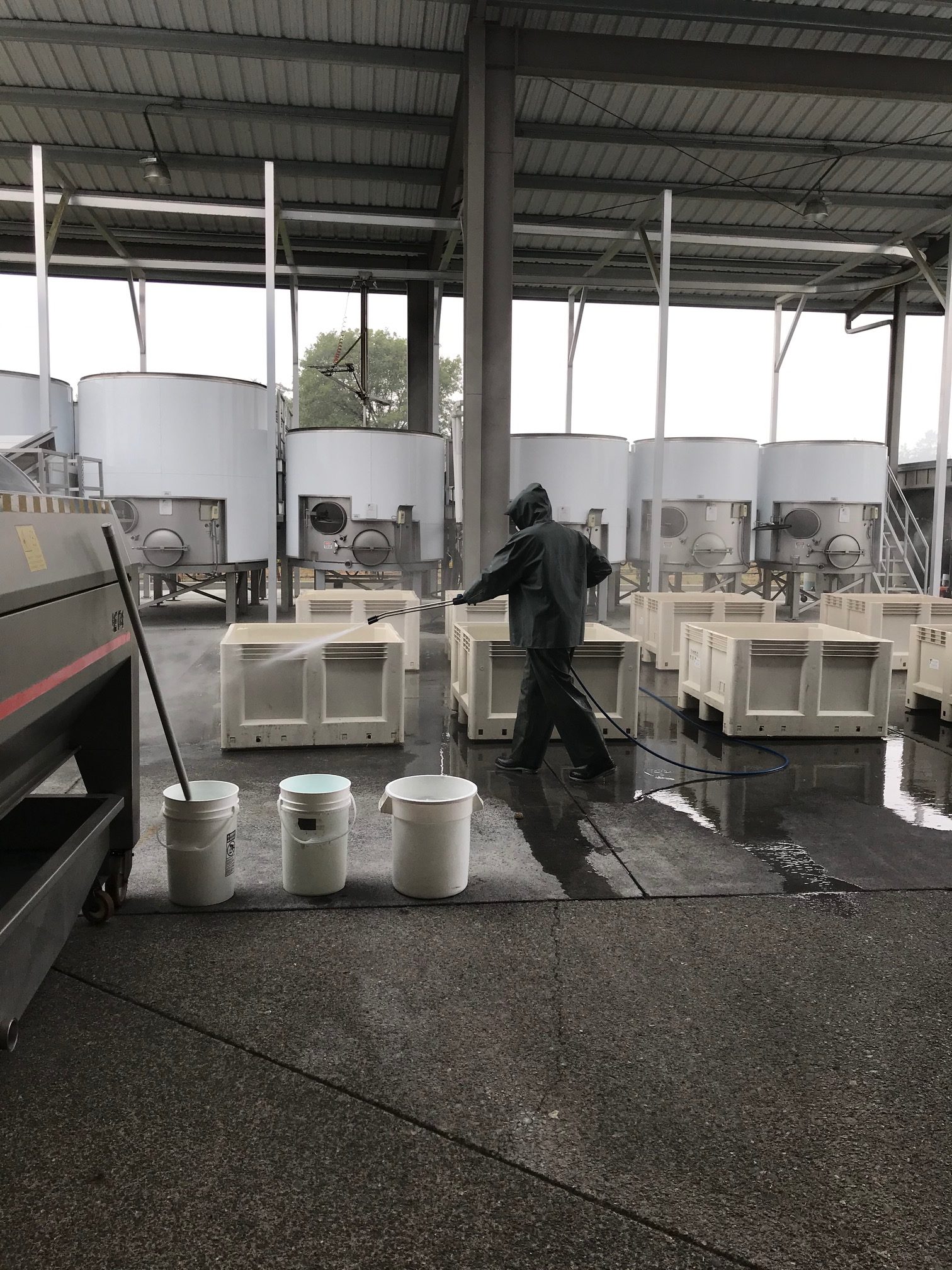
On behalf of the entire team at Ron Rubin Winery, we wish you all continued good health!

